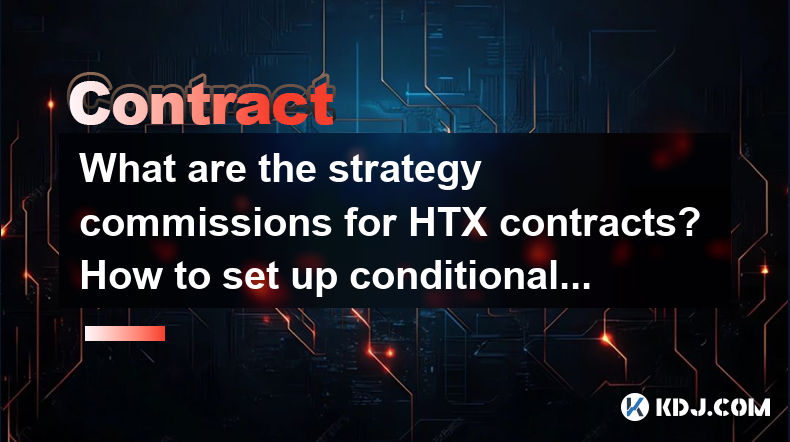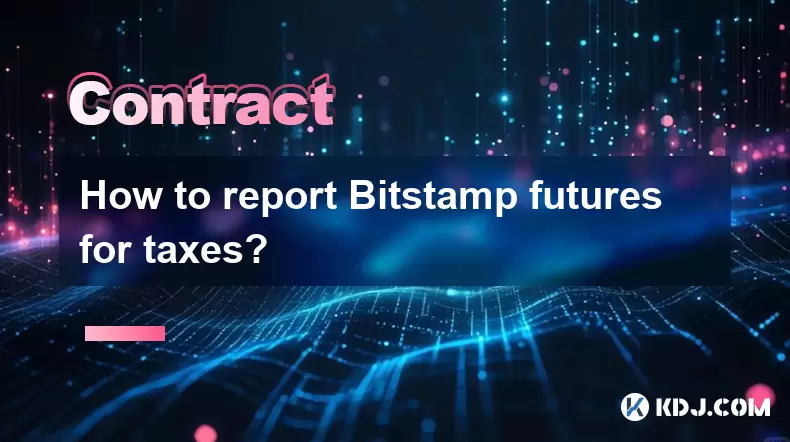-
 Bitcoin
Bitcoin $115000
1.10% -
 Ethereum
Ethereum $3719
2.93% -
 XRP
XRP $2.997
2.56% -
 Tether USDt
Tether USDt $1.000
0.02% -
 BNB
BNB $766.7
0.98% -
 Solana
Solana $169.6
3.97% -
 USDC
USDC $0.9999
0.00% -
 TRON
TRON $0.3391
1.82% -
 Dogecoin
Dogecoin $0.2060
3.53% -
 Cardano
Cardano $0.7429
2.91% -
 Hyperliquid
Hyperliquid $38.02
1.70% -
 Stellar
Stellar $0.4021
3.23% -
 Sui
Sui $3.515
3.31% -
 Bitcoin Cash
Bitcoin Cash $574.2
2.68% -
 Chainlink
Chainlink $16.85
3.10% -
 Hedera
Hedera $0.2461
1.54% -
 Ethena USDe
Ethena USDe $1.001
0.02% -
 Avalanche
Avalanche $22.28
1.26% -
 Litecoin
Litecoin $118.3
1.25% -
 UNUS SED LEO
UNUS SED LEO $8.923
-0.75% -
 Toncoin
Toncoin $3.255
2.35% -
 Shiba Inu
Shiba Inu $0.00001239
2.42% -
 Uniswap
Uniswap $9.834
3.77% -
 Polkadot
Polkadot $3.690
2.48% -
 Dai
Dai $1.000
0.02% -
 Monero
Monero $282.9
-3.30% -
 Bitget Token
Bitget Token $4.367
0.70% -
 Cronos
Cronos $0.1454
5.37% -
 Pepe
Pepe $0.00001055
3.60% -
 Ethena
Ethena $0.6156
8.72%
What are the strategy commissions for HTX contracts? How to set up conditional orders?
HTX offers strategy commissions with maker fees at 0.02% and taker fees at 0.03%, with discounts for high volume and HT token holders; set up conditional orders for automated trading.
May 01, 2025 at 05:42 pm

Introduction to HTX Contracts
HTX, previously known as Huobi, is a well-established cryptocurrency exchange that offers various trading products, including futures and perpetual contracts. One of the key aspects that traders look at when engaging with these products is the commission structure. Understanding the strategy commissions for HTX contracts is crucial for traders to optimize their trading strategies and manage costs effectively. Additionally, setting up conditional orders can be a powerful tool for traders to automate their trading strategies based on specific market conditions. This article will delve into the details of strategy commissions for HTX contracts and provide a step-by-step guide on how to set up conditional orders.
Understanding Strategy Commissions for HTX Contracts
HTX offers different types of contracts, including perpetual swaps and futures contracts. The commission structure varies depending on the type of contract and the trading pair. Here's a breakdown of the strategy commissions for HTX contracts:
- Maker Fee: This is the fee charged when you add liquidity to the order book. For most trading pairs, the maker fee is 0.02%.
- Taker Fee: This is the fee charged when you remove liquidity from the order book. The taker fee is typically 0.03%.
- Volume-Based Discounts: HTX offers tiered fee structures based on your 30-day trading volume. Higher volumes can lead to lower fees. For example, if your 30-day trading volume exceeds 100,000 USDT, your maker fee might be reduced to 0.01% and your taker fee to 0.02%.
- HT Token Discounts: If you hold HT, the native token of HTX, you can enjoy further discounts on your trading fees. Holding a certain amount of HT can reduce your fees by up to 50%.
How to Check Your Commission Rates
To ensure you are aware of the exact commission rates applicable to your trading activities, you can follow these steps:
- Log into your HTX account.
- Navigate to the 'Fees' section under your account settings.
- Review the current fee structure based on your trading volume and HT holdings.
Setting Up Conditional Orders on HTX
Conditional orders, also known as trigger orders, allow you to set specific conditions under which your orders will be executed. This can be particularly useful for managing risk and executing complex trading strategies. Here's how to set up conditional orders on HTX:
- Access the Trading Interface: Log into your HTX account and navigate to the trading interface for the contract you wish to trade.
- Select the Contract: Choose the specific futures or perpetual contract you want to trade.
- Open the Order Panel: Click on the 'Order' button to open the order panel.
- Choose 'Conditional Order': In the order panel, select the 'Conditional Order' option.
- Set the Trigger Price: Enter the price at which you want the order to be triggered. This is the condition that must be met for the order to be executed.
- Set the Order Type: Decide whether you want to place a limit order or a market order once the trigger price is reached.
- Enter the Order Details: Specify the quantity and the price (if it's a limit order) for the order that will be executed once the trigger price is hit.
- Review and Submit: Double-check all the details and submit the conditional order.
Types of Conditional Orders on HTX
HTX supports various types of conditional orders, each serving different trading strategies:
- Stop-Loss Order: This order is triggered when the market price reaches a specified level, helping you limit potential losses.
- Take-Profit Order: This order is triggered when the market price reaches a specified level, allowing you to lock in profits.
- Trailing Stop Order: This order adjusts the stop price at a fixed percentage or dollar amount below the market price, allowing you to protect profits while giving the position room to grow.
Managing and Monitoring Conditional Orders
Once you have set up your conditional orders, it's important to manage and monitor them effectively:
- View Your Orders: Navigate to the 'Open Orders' section in the trading interface to see all your active conditional orders.
- Modify Orders: If market conditions change, you can modify your conditional orders by adjusting the trigger price or order details.
- Cancel Orders: If you no longer need a conditional order, you can cancel it from the 'Open Orders' section.
Frequently Asked Questions
Q: Can I set multiple conditional orders for the same contract on HTX?
A: Yes, you can set multiple conditional orders for the same contract. Each order can have different trigger prices and order types, allowing you to implement complex trading strategies.
Q: How does HTX handle partial fills for conditional orders?
A: HTX supports partial fills for conditional orders. If your order is partially filled, the remaining quantity will stay in the order book until it is fully executed or canceled.
Q: Are there any additional fees for using conditional orders on HTX?
A: No, there are no additional fees for using conditional orders. The standard maker and taker fees apply once the conditional order is triggered and executed.
Q: Can I use conditional orders for both long and short positions on HTX?
A: Yes, you can use conditional orders for both long and short positions. The setup process remains the same, but you will need to specify whether you are going long or short when setting the order details.
Disclaimer:info@kdj.com
The information provided is not trading advice. kdj.com does not assume any responsibility for any investments made based on the information provided in this article. Cryptocurrencies are highly volatile and it is highly recommended that you invest with caution after thorough research!
If you believe that the content used on this website infringes your copyright, please contact us immediately (info@kdj.com) and we will delete it promptly.
- IREN Overtakes: A New King in the Bitcoin Miner Hashrate Race?
- 2025-08-07 16:31:29
- Memecoins Mania: Whales Eye Pepe Dollar (PEPD) as Bonk Cools Off, While MoonBull Hogs the Spotlight!
- 2025-08-07 16:51:17
- Unilabs, PEPE, and Investment Risk: Navigating the Crypto Hype
- 2025-08-07 16:31:29
- Meme Coin Mania: Rug Pulls, CZ-Inspired Tokens, and the Wild West of Crypto
- 2025-08-07 16:57:14
- HashFlare Founders Face the Music: Jail Time Looms?
- 2025-08-07 14:30:12
- Pepeto's Pounce: Meme Coin Mania Meets Blockchain Infrastructure
- 2025-08-07 15:10:12
Related knowledge

Why is my Bitstamp futures position being liquidated?
Jul 23,2025 at 11:08am
Understanding Futures Liquidation on BitstampFutures trading on Bitstamp involves borrowing funds to open leveraged positions, which amplifies both po...

How to report Bitstamp futures for taxes?
Jul 30,2025 at 08:35am
Understanding Bitstamp Futures and Taxable EventsWhen trading Bitstamp futures, it’s essential to recognize that these financial instruments are treat...

Does Bitstamp offer inverse contracts?
Jul 23,2025 at 01:28pm
Understanding Inverse Contracts in Cryptocurrency TradingIn the realm of cryptocurrency derivatives, inverse contracts are a specific type of futures ...

What is the difference between futures and perpetuals on Bitstamp?
Jul 27,2025 at 05:08am
Understanding Futures Contracts on BitstampFutures contracts on Bitstamp are financial derivatives that allow traders to speculate on the future price...

How to find your Bitstamp futures trade history?
Jul 23,2025 at 08:07am
Understanding Bitstamp and Futures Trading AvailabilityAs of the current state of Bitstamp’s service offerings, it is critical to clarify that Bitstam...

Can I use a trailing stop on Bitstamp futures?
Jul 23,2025 at 01:42pm
Understanding Trailing Stops in Cryptocurrency TradingA trailing stop is a dynamic type of stop-loss order that adjusts automatically as the price of ...

Why is my Bitstamp futures position being liquidated?
Jul 23,2025 at 11:08am
Understanding Futures Liquidation on BitstampFutures trading on Bitstamp involves borrowing funds to open leveraged positions, which amplifies both po...

How to report Bitstamp futures for taxes?
Jul 30,2025 at 08:35am
Understanding Bitstamp Futures and Taxable EventsWhen trading Bitstamp futures, it’s essential to recognize that these financial instruments are treat...

Does Bitstamp offer inverse contracts?
Jul 23,2025 at 01:28pm
Understanding Inverse Contracts in Cryptocurrency TradingIn the realm of cryptocurrency derivatives, inverse contracts are a specific type of futures ...

What is the difference between futures and perpetuals on Bitstamp?
Jul 27,2025 at 05:08am
Understanding Futures Contracts on BitstampFutures contracts on Bitstamp are financial derivatives that allow traders to speculate on the future price...

How to find your Bitstamp futures trade history?
Jul 23,2025 at 08:07am
Understanding Bitstamp and Futures Trading AvailabilityAs of the current state of Bitstamp’s service offerings, it is critical to clarify that Bitstam...

Can I use a trailing stop on Bitstamp futures?
Jul 23,2025 at 01:42pm
Understanding Trailing Stops in Cryptocurrency TradingA trailing stop is a dynamic type of stop-loss order that adjusts automatically as the price of ...
See all articles

























































































